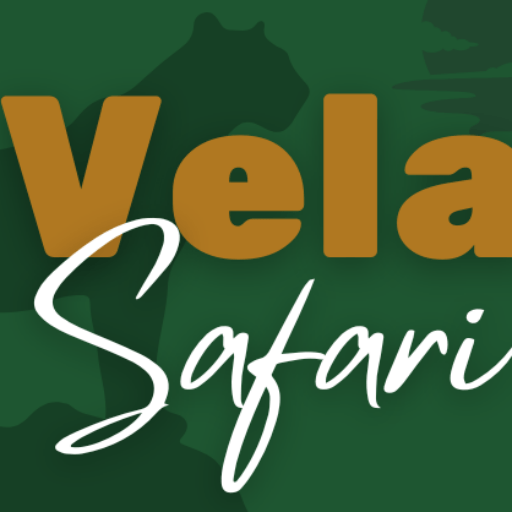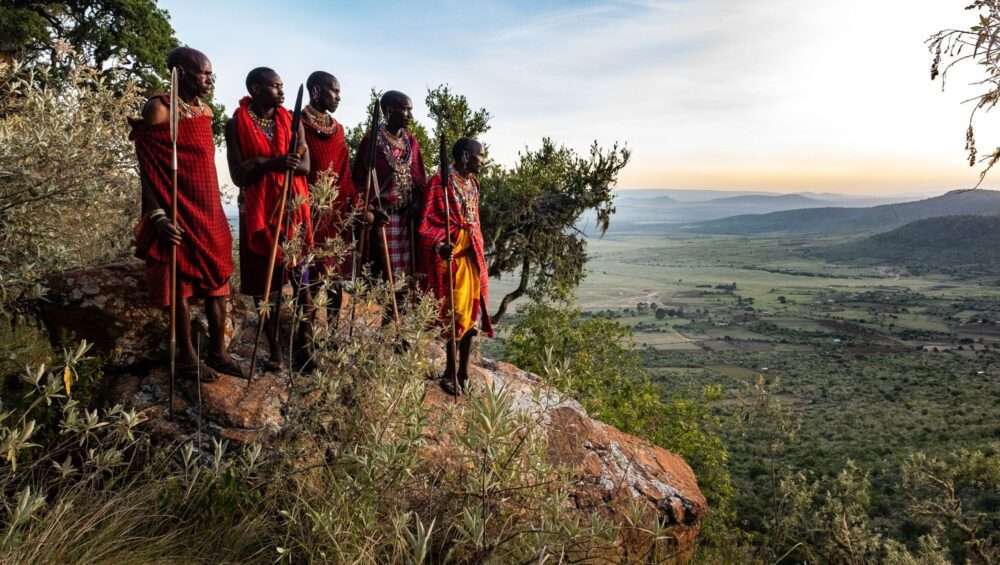A Journey Through Diversity
Tanzania is a land of incredible cultural diversity, home to over 120 ethnic groups, each with its own traditions, language, and way of life. From the iconic Maasai warriors to the ancient Hadzabe hunter-gatherers, Tanzania’s tribes offer a fascinating glimpse into the country’s rich heritage.
1. The Maasai Tribe: Guardians of Tradition
The Maasai are one of Tanzania’s most recognizable tribes, known for their red shukas (cloth), intricate beadwork, and semi-nomadic lifestyle. They primarily live in the northern regions near Serengeti and Ngorongoro, herding cattle, which are central to their economy and culture. Despite modernization, the Maasai have preserved their traditions, including jumping dances, warrior ceremonies, and age-old storytelling.
2. The Hadzabe Tribe: Tanzania’s Last Hunter-Gatherers
The Hadzabe people, residing near Lake Eyasi, are among the last remaining hunter-gatherer tribes in Africa. They live off the land, hunting with bows and arrows and foraging for wild fruits and honey. Their language features click sounds, similar to the San people of Southern Africa. Visiting the Hadzabe offers a rare opportunity to witness a lifestyle unchanged for thousands of years.
3. The Chaga Tribe: Entrepreneurs of Kilimanjaro
The Chaga people inhabit the fertile slopes of Mount Kilimanjaro, where they have developed sophisticated irrigation systems to support their banana and coffee plantations. Known for their business acumen, the Chaga have historically been among Tanzania’s wealthiest and most educated tribes. Their cultural practices include elaborate wedding ceremonies and ancestral worship.
4. The Sukuma Tribe: Tanzania’s Largest Ethnic Group
The Sukuma tribe, making up about 16% of Tanzania’s population, primarily resides near Lake Victoria. They are skilled farmers and cattle herders, growing crops like maize, cotton, and rice. The Sukuma are also famous for their traditional dances, particularly the Bugobogobo, a vibrant performance held during celebrations.
5. The Makonde Tribe: Masters of Wood Carving
The Makonde people, originally from southeastern Tanzania, are renowned for their intricate wood carvings, depicting spiritual and ancestral themes. Their artwork is highly valued worldwide, and their cultural traditions include mask dances and initiation ceremonies.
6. The Iraqw Tribe: Skilled Farmers of the Mbulu Highlands
The Iraqw people, living in the Mbulu Plateau, are known for their advanced farming techniques and unique architectural styles. Their homes are built underground or semi-subterranean to protect against harsh weather. The Iraqw have a rich oral tradition, passing down stories, songs, and wisdom through generations.
7. The Swahili Culture: A Blend of African, Arab, and Indian Influences
Along the coastal regions of Tanzania, the Swahili people have developed a distinct culture influenced by African, Arab, and Indian traditions. Swahili culture is deeply connected to trade, music, and cuisine, with dishes like pilau, biryani, and coconut-infused seafood being staples. The historic town of Stone Town in Zanzibar is a testament to Swahili heritage, featuring ancient architecture, bustling markets, and rich history.
Preserving Tanzania’s Cultural Heritage
Despite modernization, many tribes in Tanzania continue to uphold their traditions, ensuring their cultural identity remains strong. Efforts to preserve indigenous languages, rituals, and crafts are crucial in maintaining the country’s rich heritage.
Final Thoughts
Tanzania’s tribes and cultures offer a unique and immersive experience for travelers and researchers alike. Whether exploring the Maasai plains, Hadzabe forests, or Swahili coast, every encounter is a step into a world of tradition, resilience, and diversity.

